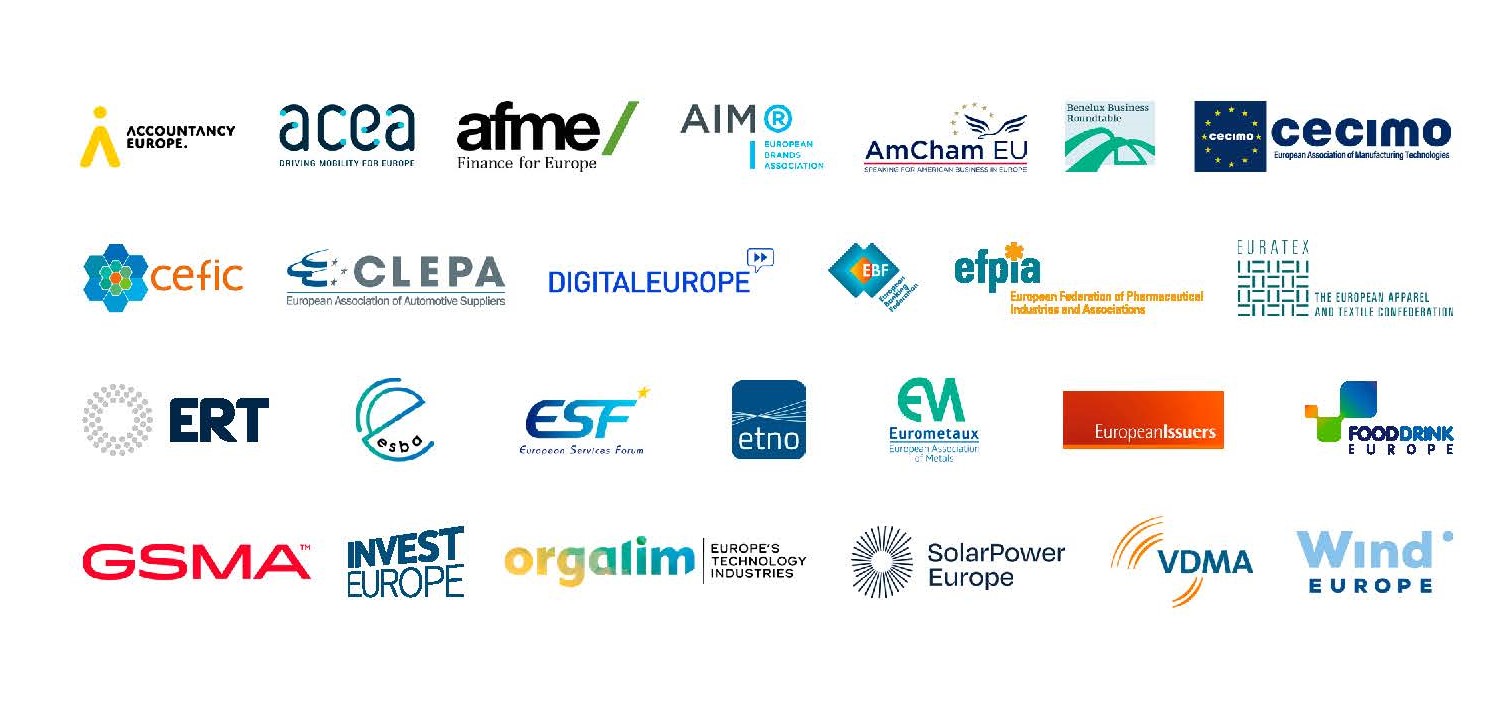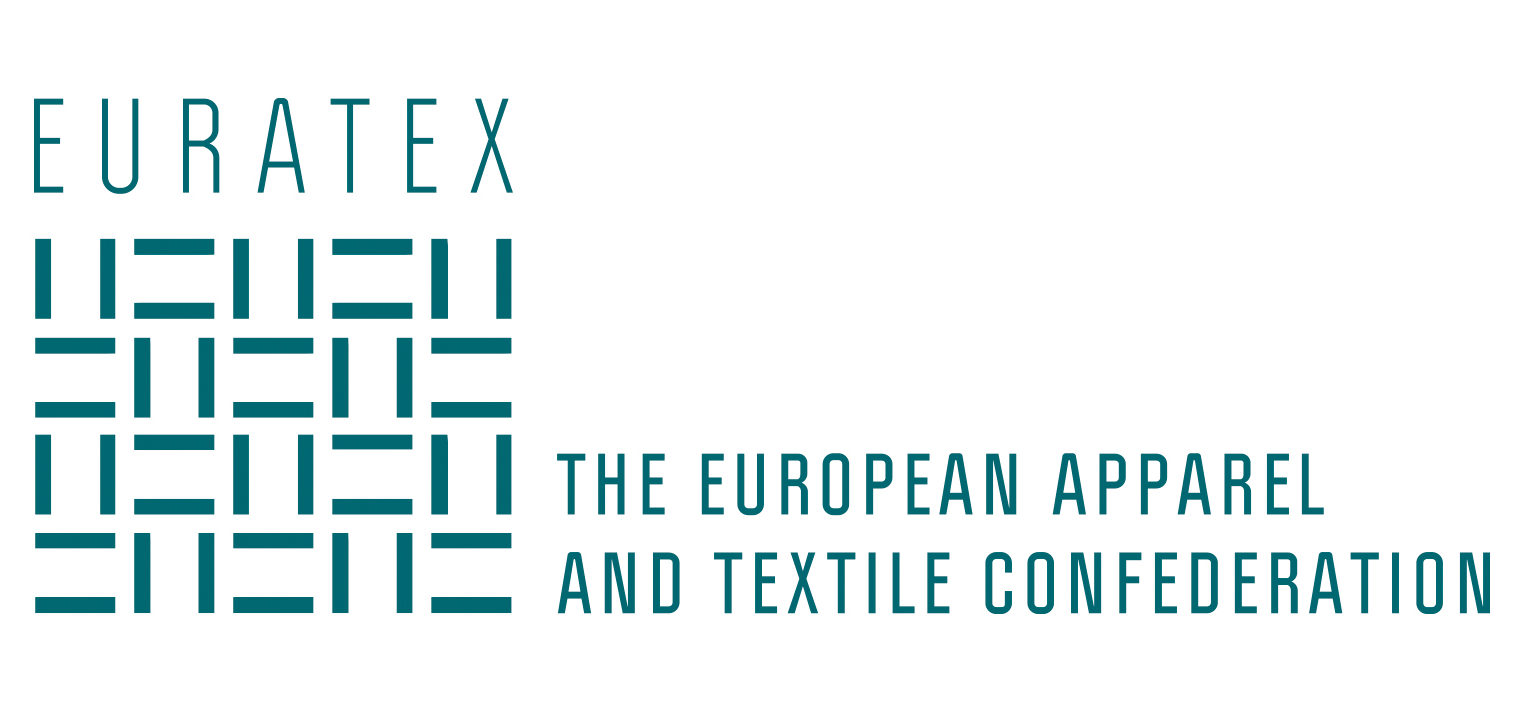
Brussels, 13 February 2024 – EURATEX and many other associations signed a joint statement to deepen the EU single market and to flag barriers.
- Redressing the cost-of-living crisis felt by EU citizens
After two centuries at the vanguard of technological development and innovation, in the past two decades Europe has dramatically lost its edge. The US and China are growing faster, putting them in a pole position to create more prosperity and a greener and more advanced digital future, while the EU’s competitiveness continues to fade.
With geopolitics shifting, policymakers in the European Commission and EU Member States have increasingly focused on mapping strategic dependencies, anticipating vulnerabilities, beefing up autonomy, and de-risking. For the business community, however, there must be a balance between these considerations and the promotion of frictionless trade within the EU.
In the past decade, facilitating cross-border business activity across Member States has not been at the forefront of policymakers’ actions. The proper, systematic enforcement of Single Market rules and the full harmonisation of the regulatory framework in key areas such as Environment, Energy, Digital and Telecommunications, Security, Health, Banking, and Capital across the entire EU have been neglected. Obstacles flagged by the business community – including start-ups and SMEs – remain unaddressed, with no straightforward procedure or governance structure to remove them.
As a result, the increasingly complex and fragmented regulatory environment has made it less attractive for all companies to invest and scale up rapidly in the EU. Unsurprisingly, this has led to less foreign direct investment, slower growth and less fiscal space for governments, exacerbating the cost-of-living crisis now felt by many European citizens. A well-functioning Single Market is indispensable to incentivise more investment and innovation in Europe, finance social security, fund quality education, and take additional measures for the climate. Suppose Europe does not uphold a Single Market that ensures the free circulation of people, goods, services, capital, and data? In that scenario, our continent’s competitiveness will continue to erode, falling behind on the green and digital transitions and risk fewer employment opportunities, and attract less talent, as technological progress accelerates outside Europe. Instead of achieving more Open Strategic Autonomy, the EU will increase its dependence on third countries in all areas where it fails to compete, such as stable and affordable energy prices, or the swift recruitment1. The Compendium showcases the extent of the fragmentation in the Single Market by listing numerous barriers and burdens across multiple economic sectors. The signatories of this Statement and the contributors to the Compendium do not endorse every example or reference in the Compendium but they are concerned when these obstacles are left unattended and are not adequately addressed by public authorities and political leaders of skilled labour. In this picture, it is key to boost the attractiveness and competitiveness of deep and liquid European capital markets. The Single Market generates real value for citizens and entrepreneurs. It is the engine of our social market economy, welfare model, and the twin transitions. The European project has arrived at another Delors moment: jumpstarting deeper integration between EU Member States should be the leitmotif of the EU’s political ambition from here to 2030. - Improving the EU business environment by addressing obstacles that companies face
When Europe faced high energy prices, stagflation, and fierce competition from the US and Japan in the 1980s, the European Commission authored a white paper entitled “Completing the Internal Market” (1985). It was a compendium of 300 legislative proposals to eliminate physical, technical, and fiscal non-tariff barriers between Member States.1 In addition, it helped remove red tape.
Today, European companies face mounting compliance costs, reporting requirements, and increasing fragmentation in the Single Market [see the Compendium in the annex containing a list of 100+ existing obstacles across all economic sectors]2.
While the purpose of the legislation is often to protect citizens and businesses, there are too many requirements on companies that are inefficient and no longer relevant, increase bureaucracy, and diverge across EU Member States. Therefore, the business community calls on the European Commission to adequately map and urgently address the burdens and barriers hampering companies from engaging in cross-border operations to gain scale rapidly and attract more investment.
So far, the Commission’s “Revamp the Single Market strategy” in 2015, the 2020 “Comprehensive report of barriers” as well as the “Annual Single Market Reports” in recent years have all fallen short of effectively improving the environment for doing business within the EU. The main reason? There is insufficient political commitment and administrative capacity to achieve significant progress in the Commission and within EU Member States.
Galvanising support for a structural approach should be the main objective of the High-Level Report by Enrico Letta on the Future of the Single Market and of Mario Draghi’s Report on the EU’s competitiveness. - Deepening the EU Single Market should be the main political priority until 2030
Just like that critical juncture in 1985, it is essential that the European Commission now spearheads a comprehensive programme to remove barriers in the Single Market within an ambitious and clearly defined timeframe. The goal should be to move towards a more efficient, simplified, and harmonised regulatory framework across the 27 EU Member States.
Removing Single Market barriers will allow companies to reduce unnecessary costs and free up capital needed to invest more in innovation and the roll-out of new technologies and infrastructures needed to complete the twin transitions. This is the most sensible approach to sustainably reinforce Europe’s competitiveness.
Recommendations:
1. Renew the dynamic of European integration by deepening the EU’s Single Market to boost the EU’s competitiveness, improve living standards, and raise citizens’ income.
2. Formulate a headline target with the horizon of 2030 and embark on an ambitious programme to overcome and prevent fragmentation in all areas, ranging from the Environment to Energy, Digital, Connectivity, Security, Health, Banking, and Capital.
3. Remove all cross-border barriers to trade in the Single Market and reinvigorate the principles of free circulation. This would add 2.8 trillion euros beyond this decade, more than NextGenerationEU (Recovery and Resilience Facility)3. Moreover, addressing barriers is budget-neutral and does not require new lending, funds, or subsidies.
4. Embrace a holistic approach to competitiveness. The European Commission should reinforce its ‘competitiveness check’ on all EU rules to reduce unnecessary reporting requirements, uncertainties around application, administrative burdens, and compliance costs. This means radically upgrading the Better Regulation agenda to reduce and consolidate EU regulation, adding a robust ‘Single Market test’ and an ‘SME test’ and going far beyond token measures like the ‘one in, one out’ rule, which lacked practical application. The Commission should also further expand and follow up on KPIs measuring Single Market integration.
5. Streamline activities across public administrations to deepen and better enforce the Single Market. Later this year, the incoming European Commission should enhance the mandate of DG GROW or create a separate Directorate-General for “Market Integration” (DG MINT) to intensify collaboration across DGs and with EU Member State authorities. A “Chief Enforcement Officer” should prevent new barriers from being introduced, avoid certain files from getting stuck in coordination between DGs, improve the preparation and launch of infringement procedures, and oversee proper and coordinated enforcement by market surveillance authorities in the Member States. This function should publicly explain the Commission’s course of action in response to complaints and outline options and next steps to remove barriers and harmonise the playing field for companies. The European Semester should be used to compel EU Member States to remove and avoid gold-plating and unreasonable barriers and burdens.
6. Interact more frequently with the business community. European and national authorities managing the Single Market should consult and proactively cooperate with companies to remove obstacles and allocate sufficient staffing. The Single Market Enforcement Task Force (SMET) should ask business representatives for their input on reports and invite them to meetings, like the existing Market Access Advisory Committee for international trade. The resources behind the Single Market Obstacles Tool (SMOT) and the Annual Single Market Reports should be increased to improve the efficiency and effectiveness of these tools. In addition, SOLVIT centres and/or any Single Market Offices in the Member States should reach out to the business community and work intensively with business associations to alleviate burdens.
The immediate months ahead provide an unparallelled opportunity for public debate and a significant change of direction in how the EU works for citizens and companies. The forthcoming High-Level Reports on the Single Market and Competitiveness, the European elections, and the new EU institutional cycle offer a unique opportunity to make the Single Market the flagship of the EU’s strategic agenda. It is high time that the EU articulated a new vision for the Single Market, as the motor of the twin transitions.
To read the full statement, click here. To consult the compendium, click here.
- COMPLETING THE INTERNAL MARKET White Paper from the Commission to the European Council (Milan, 28-29 June 1985). ↩︎
- The Compendium showcases the extent of the fragmentation in the Single Market by listing numerous barriers and burdens across multiple economic sectors. The signatories of this Statement and the contributors to the Compendium do not endorse every example or reference in the Compendium but they are concerned when these obstacles are left unattended and are not adequately addressed by public authorities and political leaders. ↩︎
- European Parliament Research Service (EPRS), “Increasing European added value in an age of global challenges: Mapping the cost of non-Europe (2022-2023)”, February 2023. ↩︎
